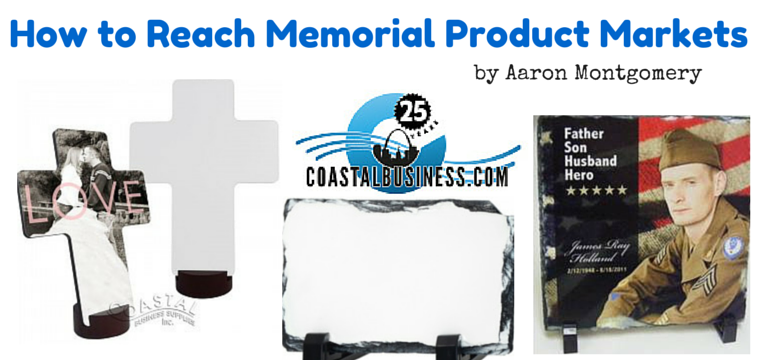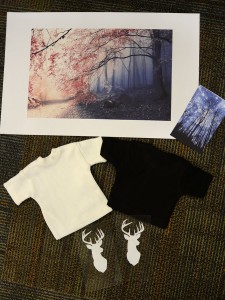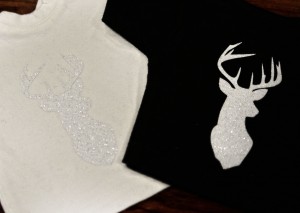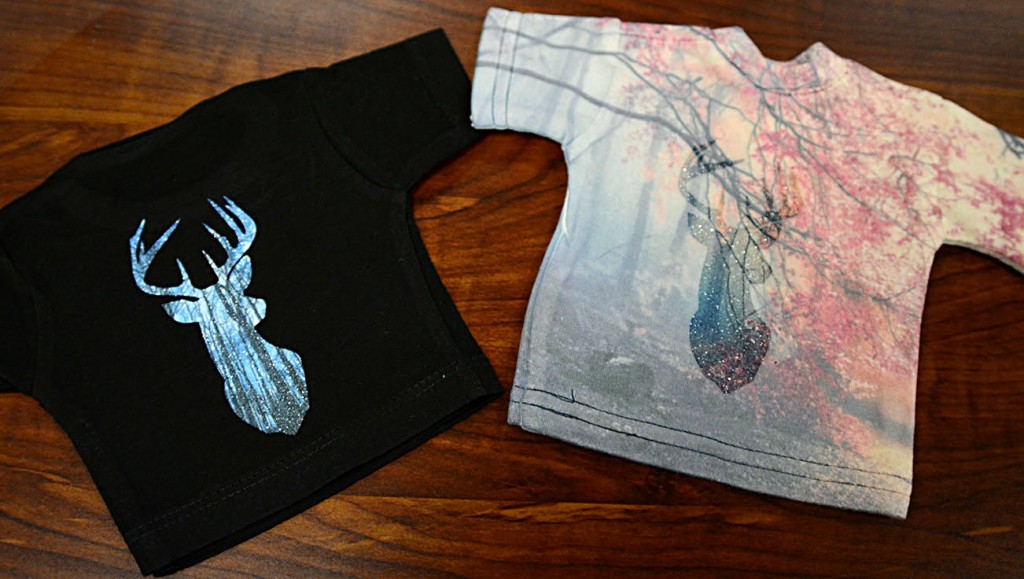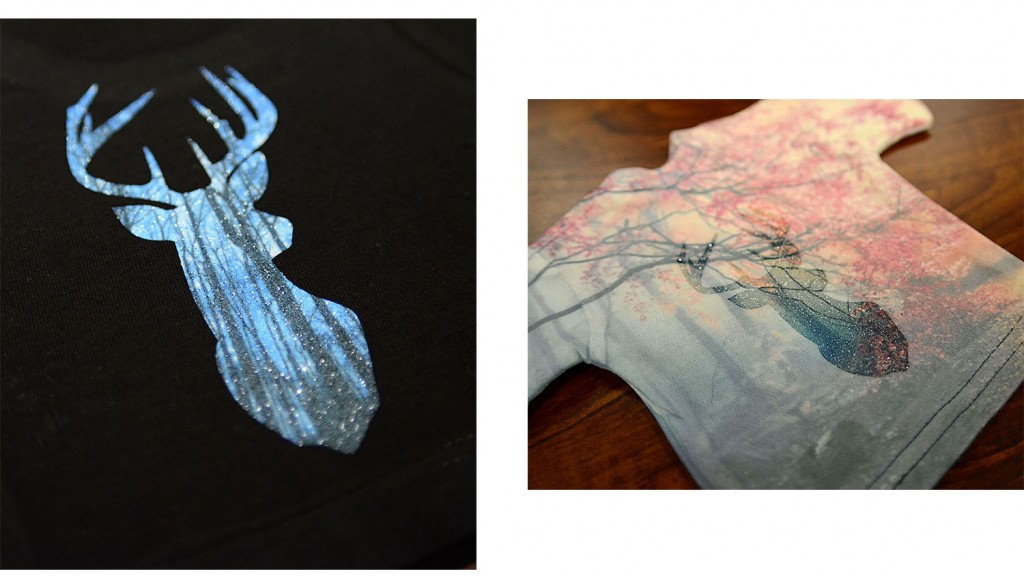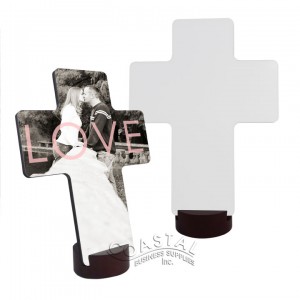 The memorial product segment is a rapidly growing segment in the sublimation portion of our industry. It is also a bit of a touchy segment and has different pitfalls and challenges. When I starting to think about this article I internally found some very difficult things to overcome when it came to profiting as a business off of this segment. But after thinking and researching, I have come to the conclusion that if done correctly this segment can and should be a winning proposition for all involved. You can also even help ease some of the pain of losing a loved one by providing a memorial product for the grieving to cherish for years to come.
The memorial product segment is a rapidly growing segment in the sublimation portion of our industry. It is also a bit of a touchy segment and has different pitfalls and challenges. When I starting to think about this article I internally found some very difficult things to overcome when it came to profiting as a business off of this segment. But after thinking and researching, I have come to the conclusion that if done correctly this segment can and should be a winning proposition for all involved. You can also even help ease some of the pain of losing a loved one by providing a memorial product for the grieving to cherish for years to come.
Let’s start by exploring what the market is and where you might be able to find some of this type of work. This market to me can be boiled down to one easy description – the creation and personalization of items that commemorate the life of someone who was special to someone living. With sublimation, these can be items like photo slates, plaques, crystals or even imprinted polyester inserts for the inside of a casket. I have also seen an increase in people sublimating pillow cases with loved ones pictures on them, especially in the fallen solider community. Having a memory item like a pillow case for a child of a lost mother or father can help them sleep at night and feel some comfort in a very difficult time. Due to the ink actually becoming part of the pillow case with the sublimation process, there is no rough feeling and the pillow case is as comfortable as a pillow case that is not decorated. Other decorating like “In Memory Of…” sublimated shirts with a picture of the deceased are also common in this market. We are even beginning to see the creation of grave markers with sublimation as well as urns and vessels. Also the memorial product market is not limited to only humans, there is also a need to memorialize animals that have been lost as well.
Now that we have defined the market, let’s discuss how to get to this market place. The first place to look is the industry that specializes in helping people with loved ones passing, including businesses like funeral homes and crematories. Reach out to them and find out how you can help with their memorialization programs. Show them examples of the products, help them with templates and make it very easy for them to offer these services to their customers. Once you have sold them on the idea of offering these services to their clients, help them develop the marketing materials with information about the longevity of the memorial piece, the vibrancy and other positive strong attributes of the product. In a time of loss people are looking for strength and brightness to help them with the grieving process. The end user also needs something “easy” due to the mass of other things they are dealing with during their loss.
Another example of where memorial products can be needed is in higher crime areas. I moved to St. Louis 4 years ago, and unfortunately outside of the beauty and wonderful small town feel there are, like many larger cities, several communities that deal with major social economic struggles in an around St. Louis. In turn they also deal with high crime rates. St. Louis regularly competes with Detroit for the highest murder rate and that can be very devastating. The people who have lost love ones need to be able to memorialize their loss and in turn let the community know the loss is not forgot to continue the healing and process of making changes. Due to economic factors, these families have less resources to purchase high end memorial pieces, but they certainly can afford to express their love and share a memory of a lost loved one with a T-shirt. By offering sublimated digital garments, you are able to offer short runs of full color memorial shirts or even socks or stocking caps. The key is full color and that lasting impression and memory of their loved one. Right in St. Louis we have several enterprising decorators that cater to this market all while giving back to their community and trying to make it a better place to live.

As I previously mentioned, human loss is not the only market for these products. Dogs, cats and other animals are part of the family almost as much as a brothers, sisters, uncles or aunts. Due to a shorter life span than humans we have to deal with these losses more frequently and again having a loving and lasting memory imprinted on something like a plaque or even urn can help with the healing process. There are many online communities for animal lovers you could reach out to as well as your local animal hospitals and veterinarians.
Now that we have covered what the market is and how to get into it, let’s deal with the moral questions that come up when talking about these type of products. The sublimation market has a lot of very unique properties that can set it apart from other decorating methods. First of all there is very little set-up and front-end costs that the end user might not understand so you are able to create short run products without a need to charge set-up fees. This reduces the tension points for the grieving parties. Secondly, due to the durability and vibrant nature of the products being created the value of those product are very high compared to the cost of creating those products. This means that there is plenty of profit margin in these products to be able to give back. Portions of the proceeds can be donated back to causes and charities that can also help the grieving parties dealing with the loss by supporting cause near to them. These are all positive things for the people involved and that positive energy is needed to help with grieving. As I mentioned earlier, many of these products not only memorialize the deceased, but can act as a symbol of strength, vibrancy and hope. Having that bright vibrant durable image of their lost mother or father that they can touch and squeeze can give them some happy reminders and strength to move forward.
As I said, I was very challenged in writing this piece as you might be challenged in getting into this market place, but I truly believe that this market is a worthwhile area for your sublimation business and if done for the right reasons and with the right goals in mind can also help those dealing with a loss.
Lastly I wanted to cover a few nuts and bolts that should make venturing into this market a little easier for you. Be prepared to make the ordering process as easy as possible for both your direct customer and for the end user. Factor in a little extra for additional art manipulation without having to charge extra for that manipulation. Be prepared to get low resolution art and make it very easy for the end user to get artwork to you. You might even need to go so far as to be ready to scan something in from a printed photo. Also be very lenient with the customer and end user on last minute changes and potential mistakes. Factor this in to your pricing to cover yourself as this time is a very stressful time for these people. They might not be able to focus on reading a proof or double checking spelling. You need to do as much leg work on your end as possible and be as accommodating as possible which in the end will make working in this marketplace a positive experience.

